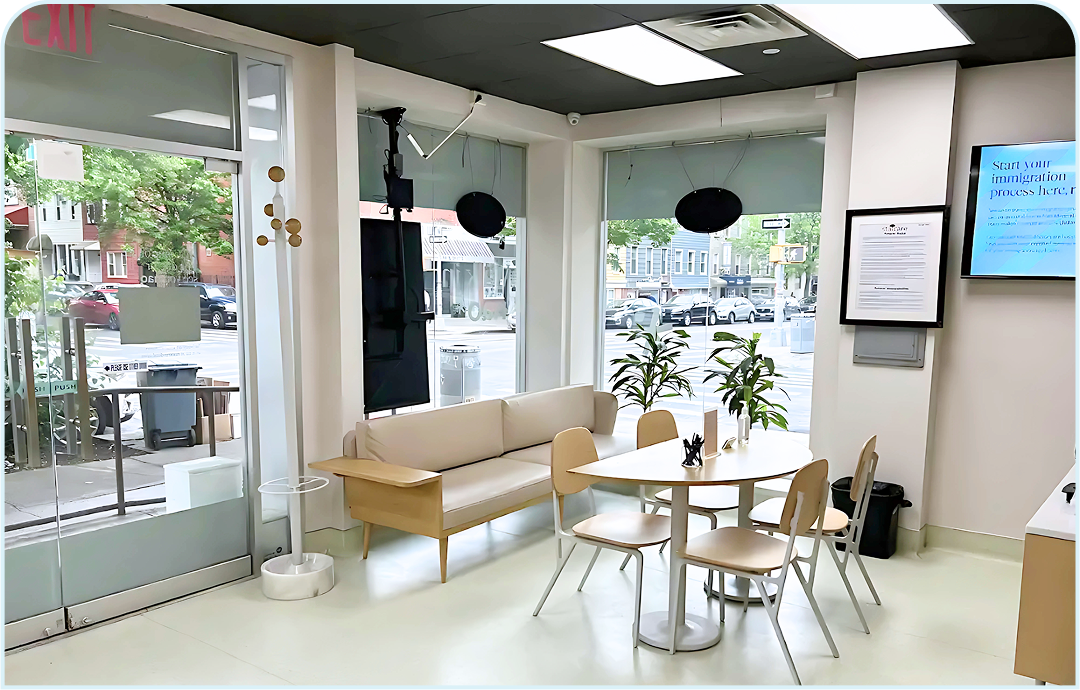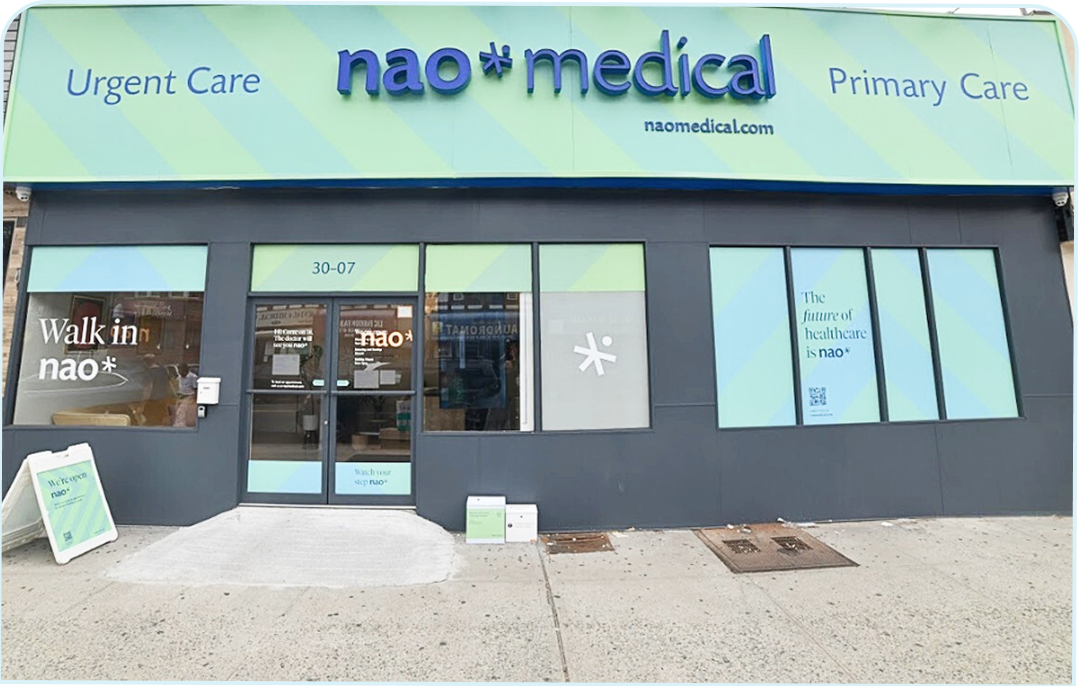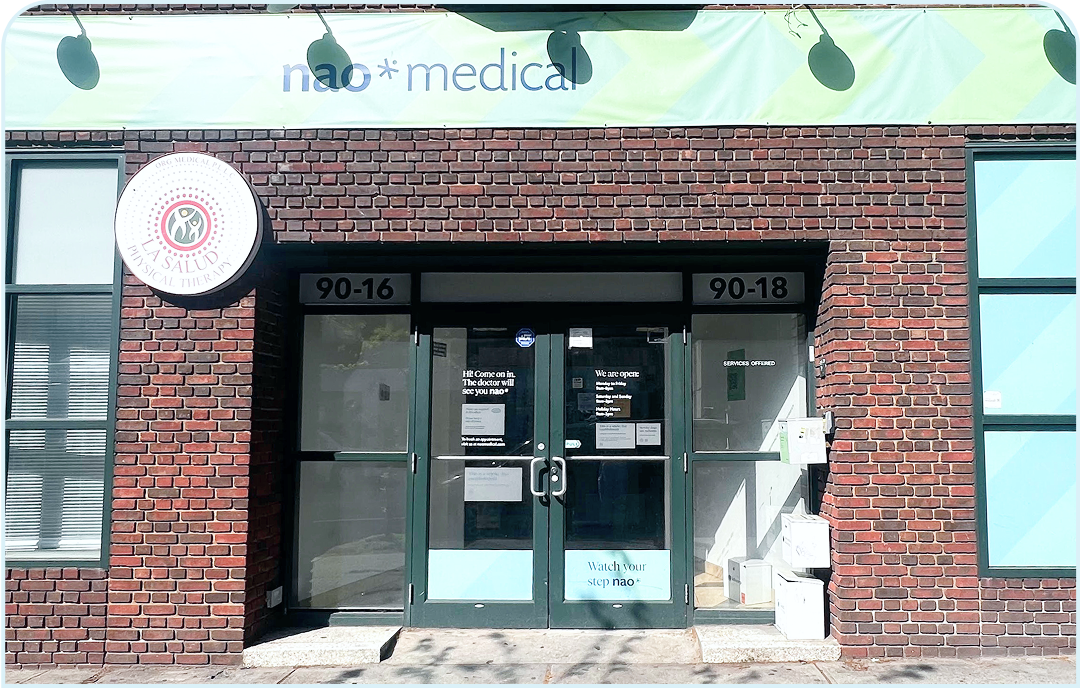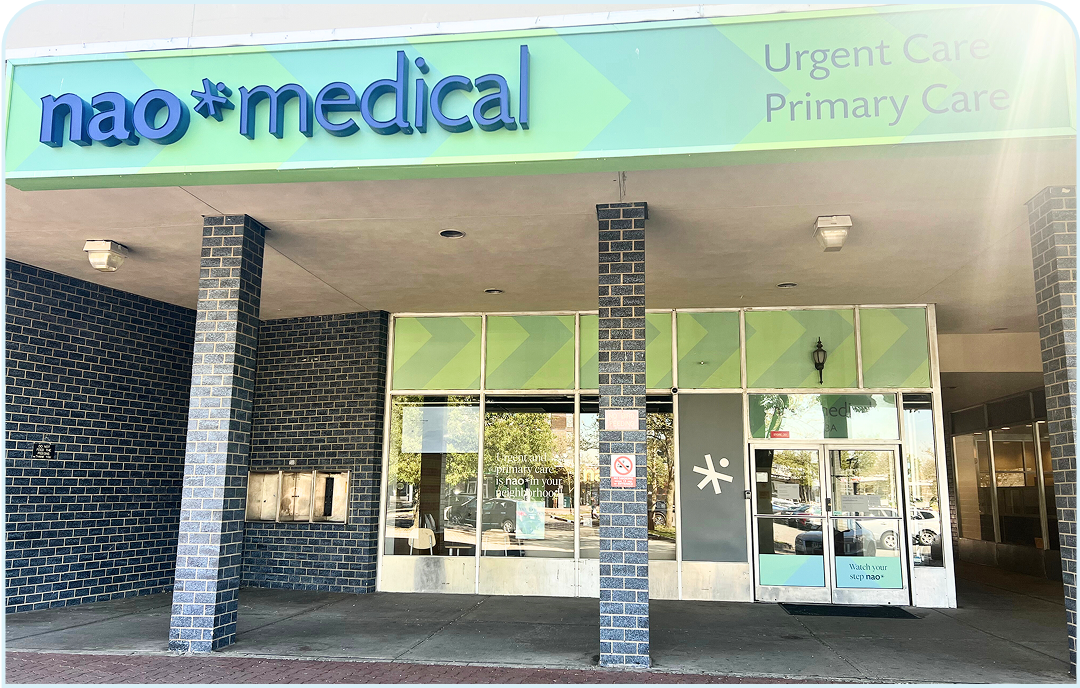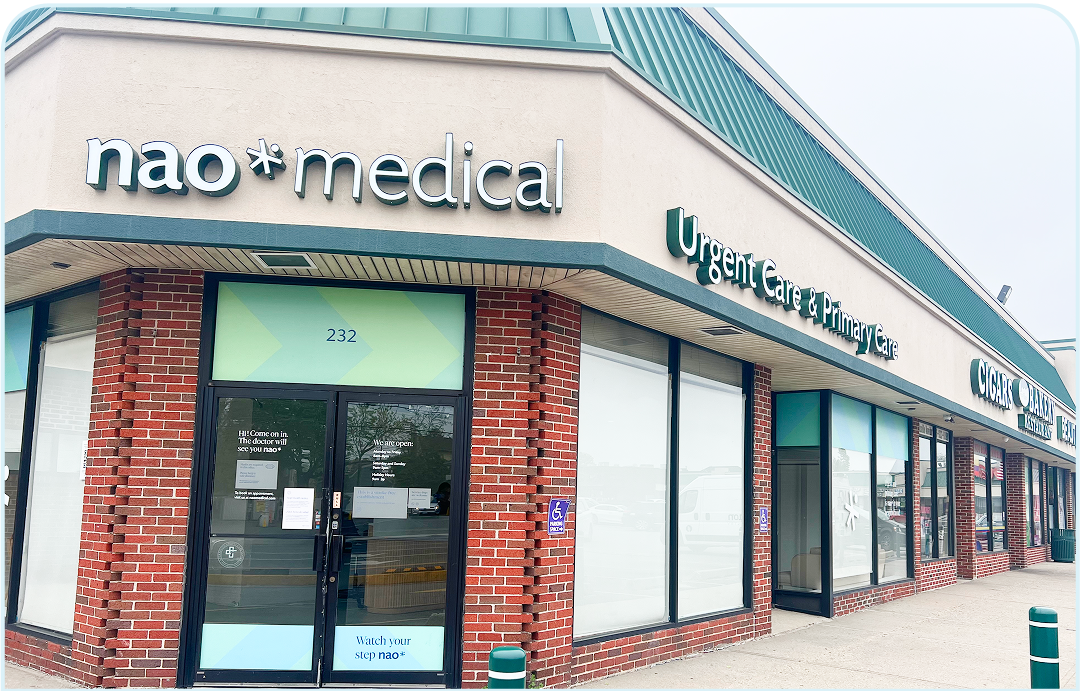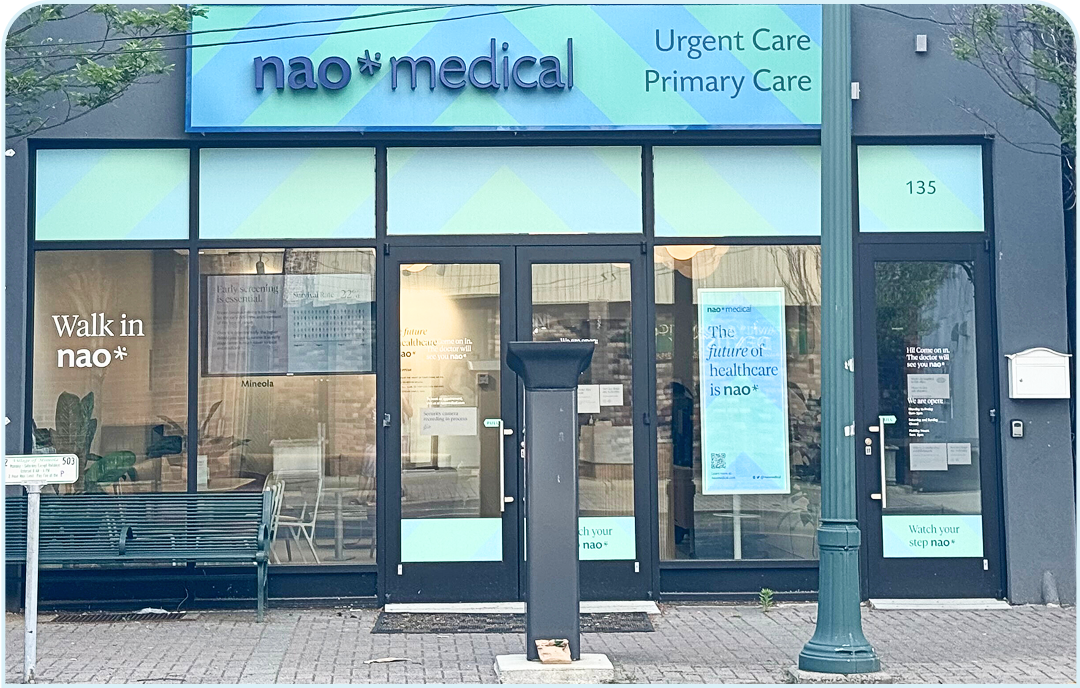Early detection is key to the successful treatment of colorectal cancer, and several screening tests can detect it at an early stage. Let’s take a brief look at this type of cancer and what screening tests are available for effective detection and diagnosis.
What is colorectal cancer?
Colorectal cancer is a disease that affects the colon and rectum. Colon cancer and rectal cancer are two types of this cancer. The former affects the colon, which is the large intestine, whereas the latter affects the rectum, the passageway connecting the colon to the anus. Let’s talk more about the causes, signs and symptoms, diagnosis, and screening tests for colorectal cancer.
Colorectal cancer risk factors
Like most types of cancer, the risk of having colorectal cancer increases with age. Experts recommend regular screening starting at age 45, even if you’re not at risk.
For those who are at risk of developing colorectal cancer, doctors recommend screening at an earlier age than those with average risk. Certain risk factors include:
- Genetic familial syndromes – These are health conditions that are passed down in families, including Familial adenomatous polyposis or FAP, Lynch syndrome, and more.
- Family history of colorectal cancer – A first-degree relative who has or had this type of cancer will increase your risk of getting it.
- Inflammatory bowel disease – Having Crohn’s disease or ulcerative colitis increases the risk of developing colorectal cancer. The longer and the more severe the case, the higher the risk.
- Lifestyle – Certain lifestyle factors provide an increased risk of colon cancer and rectal cancer. Such factors include a high-fat diet, inactivity, cigarette smoking, alcohol use, and obesity.
Screening tests for colorectal cancer
Early detection helps catch cancer at an early, treatable stage, thus, preventing more serious complications and life-threatening consequences.
There are many types of colorectal cancer screening tests, each of which has its pros and cons. The one you go for will depend on your preferences and how much at risk you are for developing this type of cancer.
Colonoscopy
This type of screening involves viewing the lining of the colon, including the rectum. The doctor first gives you a laxative liquid that’ll cause temporary diarrhea, helping clean out your entire colon. After cleaning it out, the patient is given a sedative before a thin, flexible tube with a mini light and camera is inserted into the anus to inspect the lining and rectum.
During this process, the doctor may perform biopsies and polyps as deemed necessary. It’s able to detect both large and small polyps, making it one of the most effective tests out there. The only risk is that it may cause bleeding or tearing along the intestinal wall, but this only happens to about 1 out of every 1000 people who undergo colonoscopy.
If you chose this test, make sure that you have a companion going home as the sedative may not completely wear off after the procedure. Also, you should take some time off of work or school on the day of the test.
Sigmoidoscopy
This procedure is rarely used in the US but it involves viewing the lining of the lower colon (descending colon) and the rectum. Just like a colonoscopy, the lower part of the colon needs to be cleaned. Right before the test, an enema is inserted into the rectum to clean it out and to get it ready for examination.
Unlike colonoscopy, this procedure doesn’t require sedatives, and people who undergo this type of screening can get back to work and other activities on the same day.
Sigmoidoscopy is highly accurate in identifying polyps and cancer cells. Intestinal wall tears are a risk but only in about 2 for every 10,000 people. The only disadvantage of this screening test is that it doesn’t detect polyps and cancer in the ascending and traverse colon.
CT colonography
Computed tomography colonography, also called CTC or virtual colonoscopy, uses a CT scanner to view and capture images of the entire colon. The 2D or 3D images allow the radiologist to see if there are polyps or cancers.
The pros of this type of screening are:
- No sedatives required
- Non-invasive procedure
- Examines the entire colon
- Abnormal areas called adenomas can easily be detected
However, just like other screening tests mentioned above, this wil require a colon cleansing. If an abnormality is detected, a traditional colonoscopy will be performed to view the area closer and to take tissue samples from it. Also, like other imaging tests, this may expose people to radiation.
Stool tests
Testing the stool can help doctors detect the possibility of the presence of colorectal cancer. They can identify microscopic blood and abnormal DNA markers released by cancer into the stool.
The two types of stool tests are:
- Fecal occult blood testing or gFOBT
Also called guaiac testing, this screening test involves two stool samples from three consecutive bowel movements. The samples are applied to home collection cards and then sent back according to the instructions.
- Fecal immunochemical testing or FIT
This is a more convenient test stool because you only need one sample to mail back according to instructions. However, it’s a bit more expensive because it’s more sensitive at detecting cancer than gFOBT.
Symptoms of colon cancer
Do women get different cancer signs from men? Colorectal cancer symptoms in females are the same in males. But often, there are no symptoms at all. People may have no idea that they have it, so regular screening is necessary to catch one early.
Here are common symptoms that should warrant a screening test:
- Change in bowel movement
- Blood in stool
- Diarrhea or constipation
- Tenesmus, which is the feeling of being unable to empty the large bowel completely
- Frequent or continuous abdominal cramps or pain
- Unexplained weight loss
If you are experiencing any of the following symptoms, visit your doctor. The only way to find out what is causing the symptoms is to get checked and tested.
Survival rates for colorectal cancer
Knowing the survival rates of colorectal cancer patients can help you understand how likely it is for the disease to be treated successfully. According to the American Cancer Society, it shows the percentage of people with the same colorectal cancer staging and type who are still alive, which is usually five years after diagnosis.
But remember that these are merely estimates and that every case is unique, so don’t rely on those statistics too much. It’s still best to talk to your doctor as they’re more familiar with your health situation.
Conclusion
Preventing colorectal cancer is also important, and there are several steps that people can take to reduce their risk of developing the disease. These include eating a healthy diet that’s high in fruits, vegetables, and whole grains, avoiding red meat and processed meat, exercising regularly, and avoiding tobacco and excessive alcohol consumption.
In conclusion, colorectal cancer is a serious and deadly disease, but it’s also one of the most preventable forms of cancer. By being aware of the risk factors and taking steps to reduce their risk, people can help to ensure that they are healthy and reduce their risk of developing this disease.




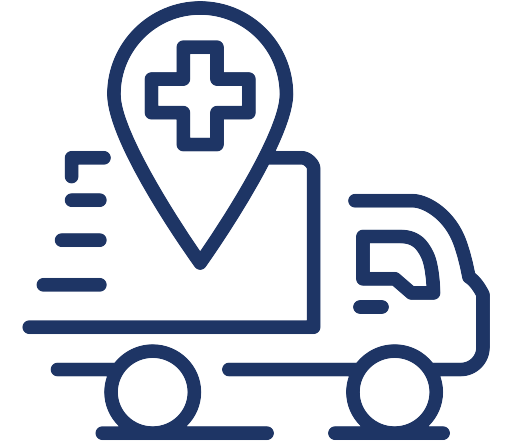


 (917) 310-3371
(917) 310-3371
